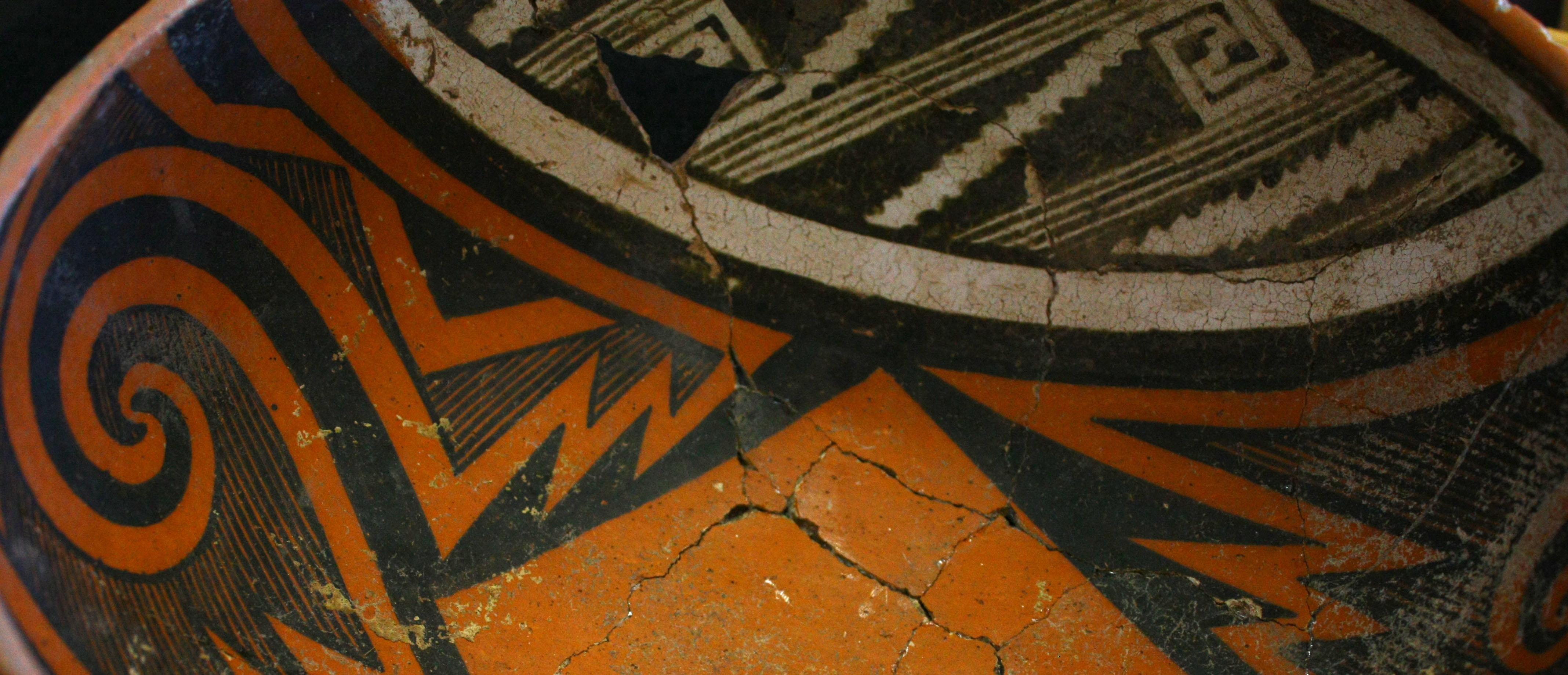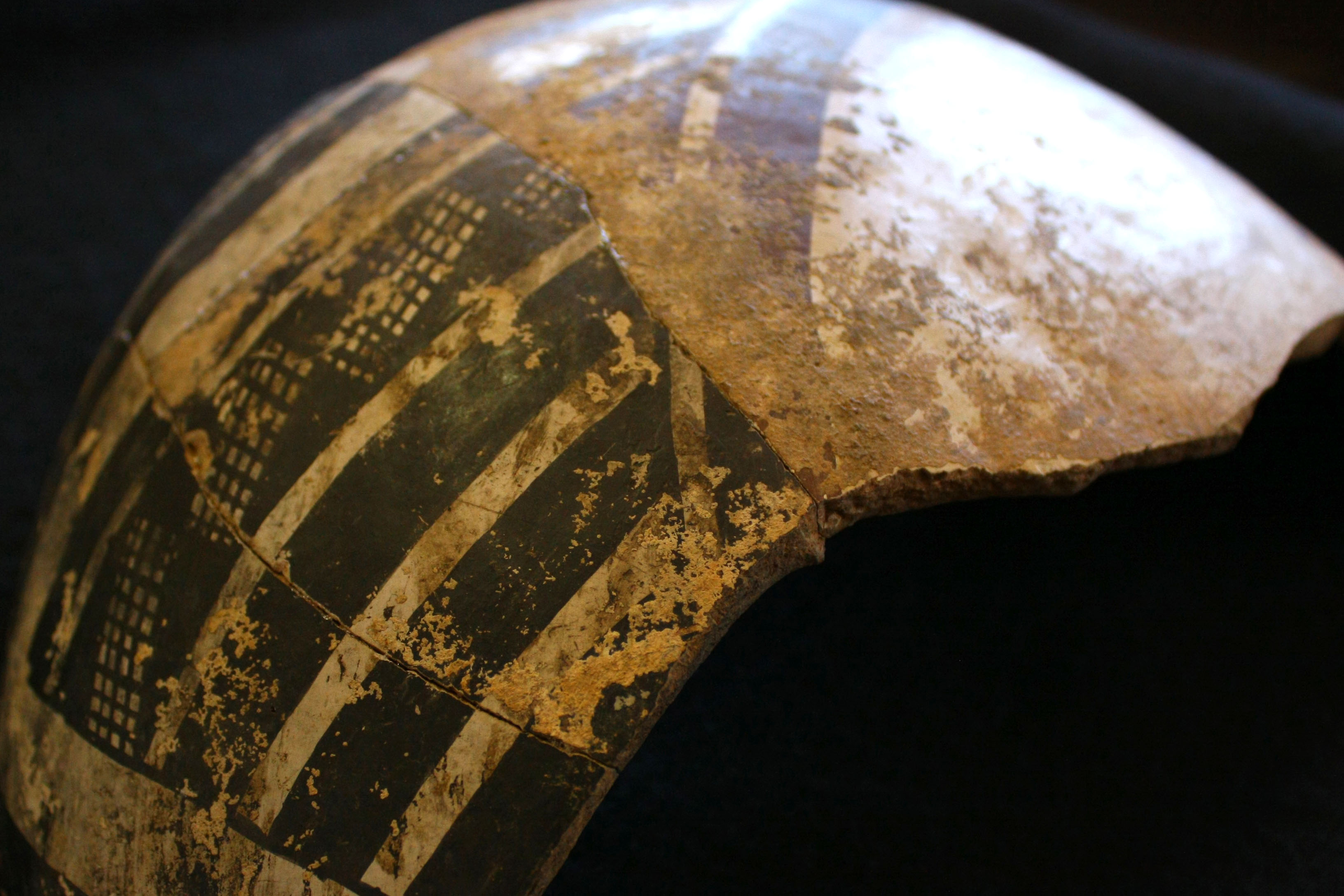
With fully 67 percent of Internet users utilizing social networking platforms today, social media has revolutionized the way we connect with one another across vast distances. But few would be willing to walk the distance to see those far-away friends.
In a recent study, archaeologists and sociologists found that ancient Southwest communities would make the trek to maintain social relationships with people hundreds of miles away.
The study was lead by the director of the University of Arizona School of Anthropology, Barbara Mills, and explored expansion and transformation patterns of social networks in the late pre-Hispanic Southwest from A.D. 1200 to 1450.
Over a five-year period, Mills and her team looked at a combination of new and existing archaeological data as well as analyzed more than 800,000 decorated ceramics and 4,800 pieces of obsidian. They composed a database containing 4.3 million artifacts from 700 western Southwestern sites, which included Arizona and Western New Mexico.
“This is the largest scale that I know of for an archaeological network analysis that’s based on quantified data across an entire region,” said Matt Peeples, an archaeologist for Archaeology Southwest and a collaborator on the study.
“So we’re not just making assumptions based on the distance between sites but we actually have material culture information from the whole region.”
Using a combination of geographic information systems and social network analysis, they were able to recognize how networks were structured before, during, and after a prominent period of migration over 250 years.
“Long-distance networks stretching over a big area was something that people tended to do in the North but when they moved to the South, they re-established long-distance connections in an area where everybody was very insulated,” Mills said.
 “They moved into the San Pedro Valley and were expert potters so we think they used pottery to form new relationships and created a very wide-spread style, actually a whole new ware that emerges after the migration.”
“They moved into the San Pedro Valley and were expert potters so we think they used pottery to form new relationships and created a very wide-spread style, actually a whole new ware that emerges after the migration.”
According to Peeples, after the arrival of migrants from the Northern Southwest to the Southern Southwest, communities began interacting with one another regardless of the distance between them.
“One of the most interesting things is just that even before people had communication technology and means of travel relatively rapidly, networks were really geographically expansive across the Southwest and these things were tied not just to resources that were on the landscape, but also pre-existing relationships between people,” Peeples said.
“We see this pattern of migration and the spread of people across the Southern Southwest and they maintained contacts among people they knew across multiple generations, so I think that’s kind of an interesting aspect of that.”
Aaron Clauset, a computer scientist at the University of Colorado Bolder who specializes in modern-day social and biological network analyses, said this was his first time collaborating on an archaeological project and is intrigued by the social motivations of ancient communities.
“We found a number of situations in which the similarity and the cultural practices suggest that there was direct connection on the order of three, four, or five days walk,” Clauset said.
“Now that’s quite surprising, I mean, how many days in a row would you walk all day everyday in order to see one of your friends? Today, in the modern world, maybe not five days of solid hiking, so it’s quite remarkable the extent of which the members of these villages would go in order to maintain a sort of cultural synchronization to their practices.”
 Mills gave a presentation of the study in April at the Society for American Archaeology conference held in Honolulu. Her application of social network analysis provides an innovative perspective to the archaeological field.
Mills gave a presentation of the study in April at the Society for American Archaeology conference held in Honolulu. Her application of social network analysis provides an innovative perspective to the archaeological field.
“Ours [presentation] was very popular, especially in Europe,” Mills said. “So I was invited to present in Germany next month…and it’ll be the first archaeology session in this international social networks conference.”
In the future Mills plans to continue utilizing social network analysis and extend the study back to A.D. 800, which will include the initial establishment of large communities in the Southwest.
Clauset said the study revealed something fundamental about how humans socialize throughout time.
“It goes back, you know, hundreds and hundreds of years to the point where technology was very, very basic,” Clauset said. “There were no animals they could ride on, there were no cars, there’s no planes or things like that, and yet the drive to socialize and to synchronize culturally was so strong that they did it with whatever technology they had, which was the ceramic wares and through walking. So in the modern word, I think that people fulfill these same basic desires to socialize, synchronize and communicate using whatever technology they have.”
According to Clauset, since human interaction is necessary for mental health, we could not exist without being able to socialize with one another. With the advent of the Internet, methods of human socialization have rapidly evolved, however the basic need remains the same.
“Now, the more narrow question of whether we can survive without Facebook or Twitter, the answer is clearly yes because we survived for many, many generations without having those things and if for some reason they were to go away, we would adapt,” Clauset said. “We would figure out other ways to socialize using things like telephones or maybe walking as people did in the American Southwest.”

